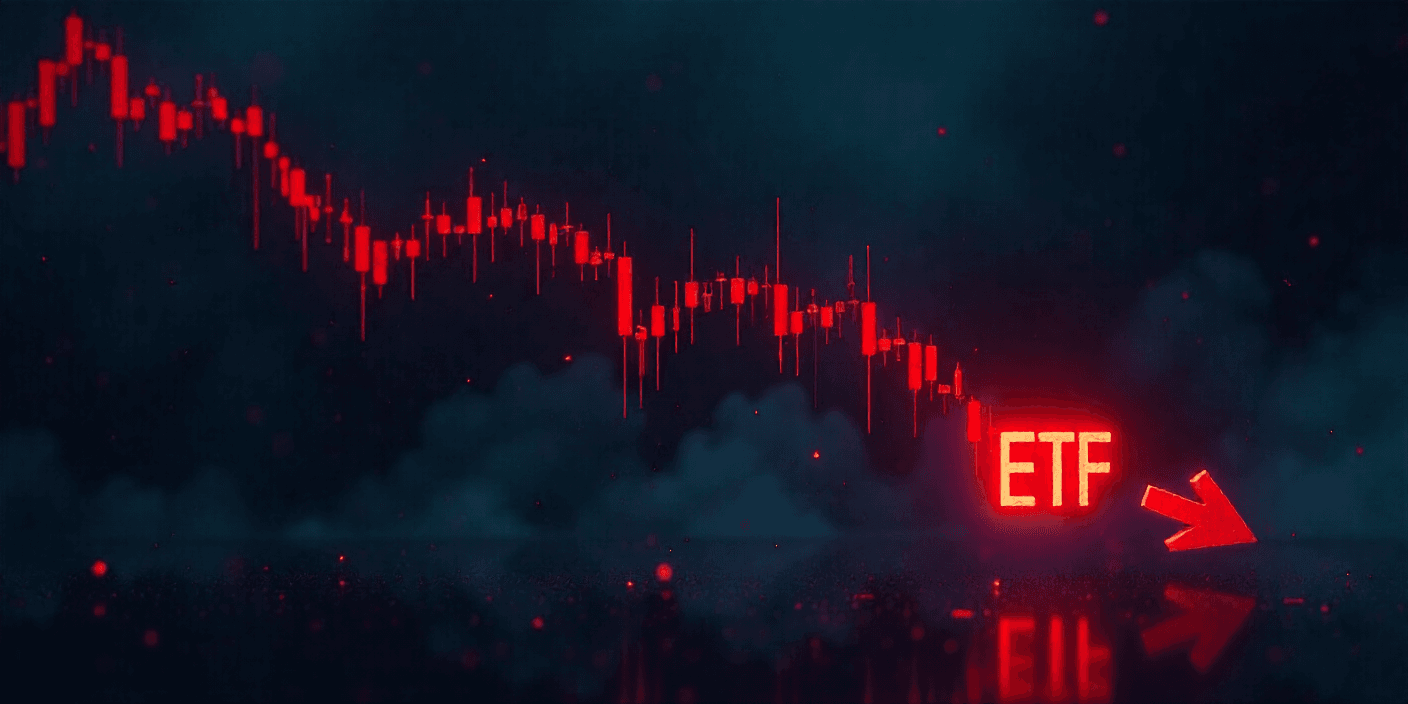
The $869M Bitcoin ETF Outflow and Its Market Impact
The cryptocurrency market felt tremors recently as U.S.-based Spot Bitcoin ETFs saw a staggering outflow of $869.9 million in a single day. This event, one of the largest daily exits on record for Bitcoin ETFs, rippled across the market, sparking concerns about looming volatility. The question on everyone’s mind is: is this a sign of panic, or part of a longer-term reset?
Why Did Bitcoin ETFs Witness Such a Massive Outflow?
The outflow, according to data from SoSoValue, primarily impacted institutional-level Bitcoin funds. Grayscale’s Bitcoin Mini Trust bore the brunt of the withdrawal at $318.2 million, closely followed by BlackRock’s IBIT at $256.6 million and Fidelity’s FBTC at $119.9 million. Other significant ETF players, such as Ark, Bitwise, and VanEck, also registered substantial losses.
This mass exit is second only to the record $1.14 billion outflow on February 25, 2025. Industry experts attribute these synchronous moves to “institutional flow clustering.” Vincent Liu, CIO of Kronos Research, explained that institutional investors adjusted their positions due to macroeconomic instability, marking this outflow as a ‘risk-off’ move rather than a collapse in Bitcoin’s long-term trajectory.
Macro Factors Spooking Investors
Analysts believe the outflows are less about a single event and more about a confluence of factors. Min Jung from Presto Research highlighted that investors are rotating out of risky assets due to growing macroeconomic uncertainty. The U.S. Federal Reserve’s unclear stance on interest rate cuts is a significant contributor to this sentiment. According to the CME FedWatch Tool, the odds for a December rate cut have dropped to 50.4%, leaving traders hesitant amid this ambiguity.
Additionally, soft economic indicators, such as weak ADP employment and NFIB readings, have caused a pullback from higher-risk assets like Bitcoin. In such scenarios, market volatility tends to rise, with digital assets often among the first to experience outflows.
Bitcoin Price and the Market Reaction
The effects of this outflow were felt almost immediately. Within 24 hours, Bitcoin price plummeted 6.4%, touching $96,956 early Friday. Analysts like Justin d’Anethan from Arctic Digital see this downturn as a liquidity crunch, where cascading liquidations exacerbate price declines.
However, there’s a silver lining. Bitcoin’s price levels between $92,000 and $95,000 have emerged as a demand zone. For individuals seeking an opportunity to buy into crypto, this may serve as an ideal entry point. Justin anticipates sidelined investors—many of whom missed Bitcoin’s mid-$120K rise—might pounce on this pullback.
Does This Signal a Larger Trend?
This outflow wasn’t triggered by a single catastrophic event but by a variety of factors, including weakening risk appetite ahead of the Federal Open Market Committee (FOMC) meeting. It’s a classic case of markets interpreting even neutral data negatively in times of uncertainty. For savvy investors, this might be the beginning of a consolidation phase rather than a cause for alarm.
Investors’ Next Steps
The coming days will reveal whether Bitcoin’s price can hold within the $92,000-$95,000 support range. If buyers return and stabilize liquidity, a relief bounce is likely. However, a breach of this level could bring the lower $90K range into play, raising volatility further.
For long-term crypto enthusiasts, this moment reflects an opportunity to strategically accumulate Bitcoin while others panic sell. Statistically, such environments often lead to rebound rallies, rewarding those with a clear investment strategy.
Pro tip: Interested in exploring crypto securely? Ledger Nano X, a premium hardware wallet, ensures your Bitcoin and other cryptos remain safe offline. Check it out here.
Conclusion
The $869M Bitcoin ETF outflow is a visible reflection of market-wide apprehensions rather than an indictment of Bitcoin’s long-term fundamentals. As macroeconomic queries persist, investors should focus on strategic accumulation and watch for support levels to stabilize. Volatility presents challenges, but also opens doors to noteworthy investment opportunities.



